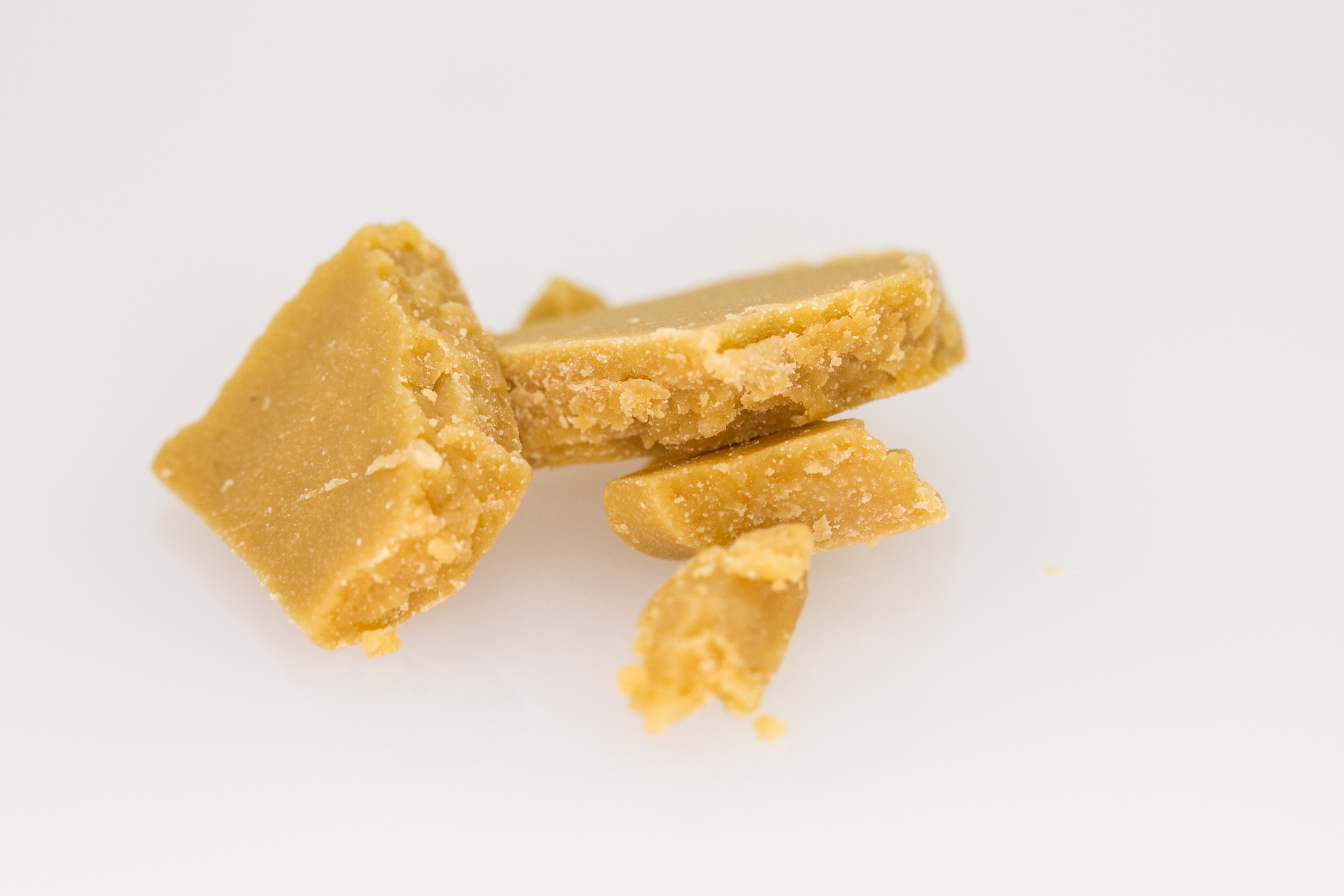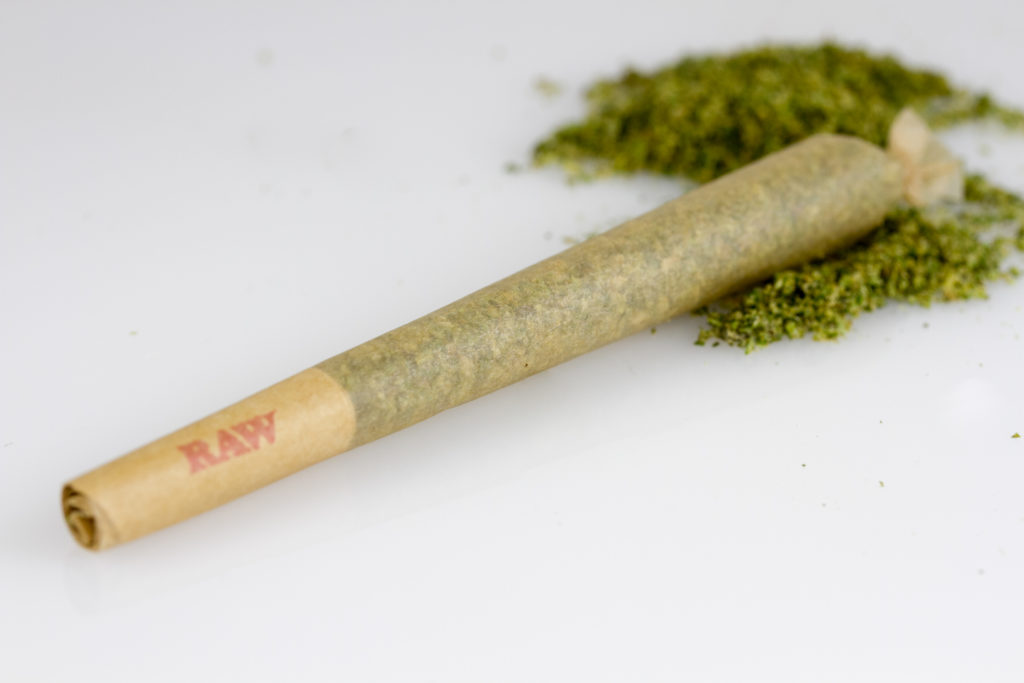

Concentrates made from cannabis have been around for a long time; yet lately, the term has become a bit enigmatic. Perhaps you have heard of wax or are familiar with hash. These are two forms of cannabis concentrate that have been extracted through different methods. While there are many aspects of cannabis that can be extracted, the most common elements are cannabinoids like THC and CBD. Concentrates are aptly named as they are more potent than smoking cannabis flower, making it ideal for those who need a fast acting, high dose treatment to alleviate their pain. To understand the nature of concentrates, we need a better understanding of how cannabis produces the medicines known as cannabinoids.


Opium is a plant containing opioids which reduce pain by binding to opioid receptors. Cannabis is a plant containing cannabinoids which produces a diverse range of effects by acting on cannabinoid receptors. The Drug Enforcement Agency lists several opioids including heroin as schedule I drugs. They also list all cannabis, hemp, and cannabinoids as schedule I drugs. This means the DEA sees cannabis and heroin as comparable threats to society that offer no medical benefit. So, what is the difference between opioids and cannabis, and why would someone choose to treat their pain with one over the other?


When you begin to explore the world of medical marijuana, some of the first terms you’ll come across are Indica and Sativa. Generally speaking, these terms refer to the two major classifications of the cannabis plant that have their own particular attributes and effects. However, these are not set-in-stone classifications but general guidelines that signal what patients can anticipate when using a strain of cannabis, including medicinal effect, bud structure, smell, taste, etc.